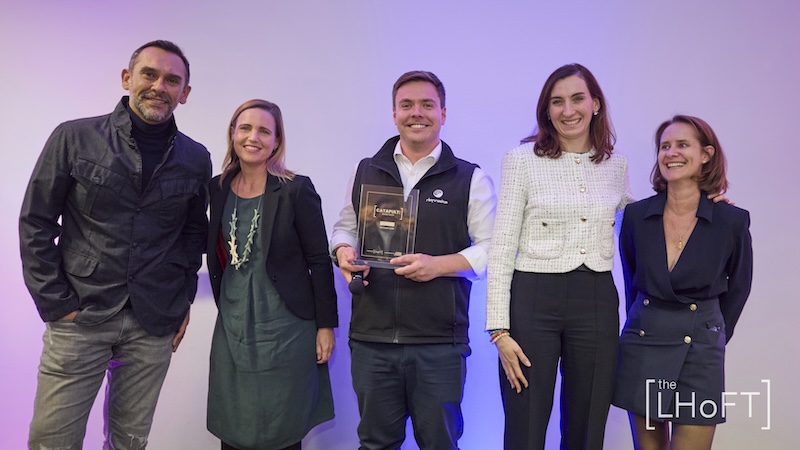EU Open Data Days – Shaping our future with open data
November 23, 2021 - November 25, 2021

Online from Luxembourg to the world: The Publications Office of the European Union is organising the first EU Open Data Days
Data is a key asset for digital transformation. It is a building material for research and innovation, personalised products and services, powerful new technologies and better decision-making. These translate into solutions to societal challenges that can improve and even save people’s lives, as the current pandemic demonstrates. Open data is also freely available to generate value through reuse.
This unique online event will serve as a knowledge hub, bringing the benefits of open data and its reuse to the EU public sector, and through it to people and businesses. Get inspired and discover the latest trends and most innovative solutions!
The EU Open Data Days comprise :
-
EU DataViz 2021 addresses the needs of the EU’s public sector engaged in open data and data visualisation. It provides a platform to explore the latest trends in open data and data visualisation – a crucial tool to explore and explain complex information in a meaningful way.
-
EU Datathon 2021 allows the tech community to put into practice the open data produced by the EU institutions, agencies and bodies and to showcase its value. Previous editions of EU Datathon have shown that the potential of open data, combined with talent and creativity, is limitless !







